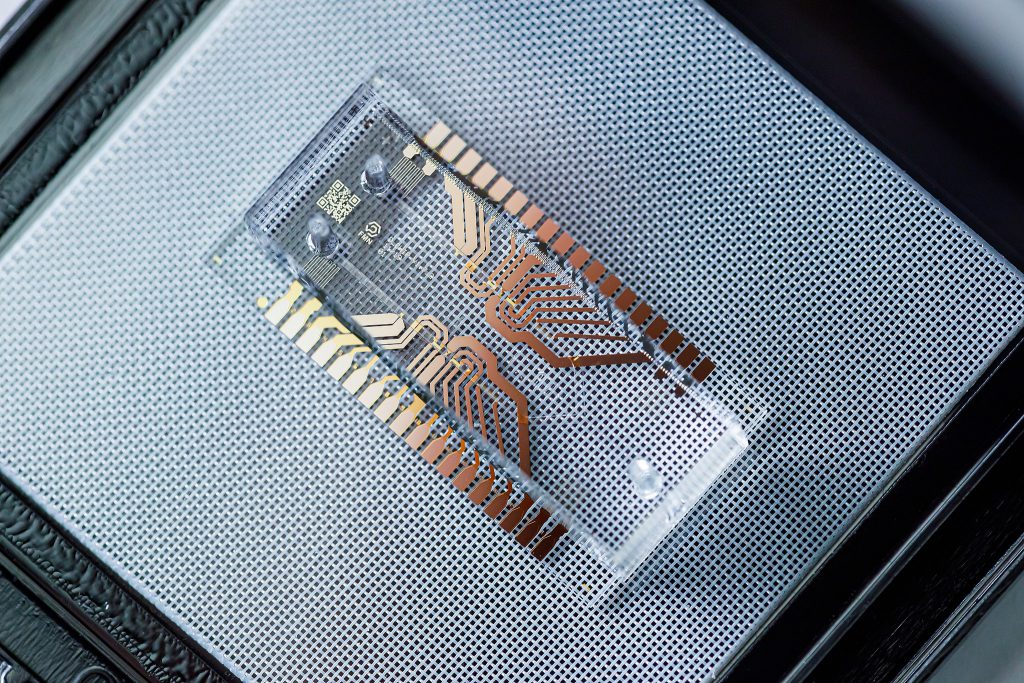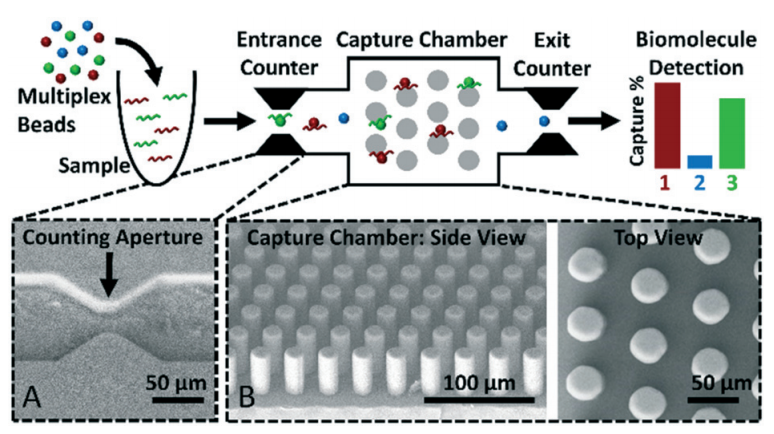
The conception of biomarker was first put forward by the National Research Council of the United States in 1983, and researchers subsequently extended it to many fields. Biomarkers (such as DNA, RNA, proteins, enzymes, lipids, carbohydrates, and metabolites) can be used to mark the changes or possible changes in the structure or function of organs, tissues, cells, and sub-cells. Functionally, biomarkers can be divided into exposure biomarkers, effective biomarkers, and sensitive biomarkers. In the field of medicine and health, biomarkers have special significance for early diagnosis, prediction, treatment, and even prognosis monitoring of diseases. At the same time, it is also an important target for drug development. It can be used in epidemiological or toxicological studies to determine whether organisms are exposed to certain environmental factors and to clarify the interactions between various pollutants and organisms.
The research techniques of biomarkers are also varied, and almost all the technologies that can be used to study biological macromolecules such as nucleic acids, proteins, and carbohydrates can be used in the study of biomarkers. Of course, the research methods of different kinds of biomarkers are also different. For protein and peptide biomarkers, the techniques that can be used are mass spectrometry (MS), high-performance liquid chromatography (HPLC), liquid chromatography-mass spectrometry (LC-MS), protein chip, and so on. For nucleic acids, e.g. microRNAs and lncRNAs biomarkers, sequencing or gene chip technology can be used to detect.
Unfortunately, for many diseases, the low abundance of biomarkers in human samples and the low sample volume make standard batch platforms such as 96-well plates unable to effectively perform reliable detection or screening. In addition, most standardized batch protocols are largely unable to detect biomarkers directly from clinical patients’ samples, so complex multi-step sample preparation methods are required, which can be time-consuming and may delay patient care in a clinical environment. Therefore, a sensitive, rapid, automatic, and high-throughput detection platform is needed in the market to detect and screen disease biomarkers. Because microfluidic technology can accurately manipulate a small volume of fluid, it has become an effective tool for biomarker detection. In particular, a large number of samples are digitized into a large number of separated micro-volume fluids (fL-nL) by droplet microfluidic technology, which provides a promising solution for high-sensitivity and high-throughput biomarker detection. In the past few decades, researchers have developed a large number of microfluidic droplet platforms in order to detect, quantify and screen nucleic acids, proteins, and single cells from human samples to study diseases from bacterial infection to cancer.

Recently, Hee-Sun Han and her team demonstrated a microfluidic biochip device that can electrically quantify protein targets with high sensitivity (full results can be seen on Lab on a Chip). The platform responds to immunoassays on the surface of the beads to count and capture micron-sized beads to detect and quantify target analytes. In the device, they used a new type of precisely modified microparticles, which realized electrical multiplexing and made the platform suitable for low-cost and label-free electrical detection of biomolecules. Such highly monodisperse magnetic hydrogel beads (MHBs) have the characteristics required by the electrical Coulter on a multiplexed chip. They used suspended magnetic nanoparticles (200 nm silica-coated, CD Bioparticles) to prepare the dispersed phase. Each bead population is designed to contain a different amount of hydrogel material, so as to generate unique electrical impedance characteristics during Coulter counting, achieving unique identification of each bead. These monodisperse bead clusters span a narrow size range, ensuring that all beads can be captured sensitively and selectively while flowing simultaneously. In combination with these newly synthesized beads, Cowell et al. demonstrate versatile and multiplexed biomolecule detection of proteins or DNA targets.
Professor Han said, “suitable microparticles for electrical multiplexing must meet the following key requirements: (1) Each bead population must yield distinct electrical impedance signatures so that all beads can be uniquely identified during Coulter counting. (2) All populations should fit within a narrow range of sizes so that the capture efficiency of each bead is uniform and nonspecific capture is low across all beads. (3) Each bead population must also have useful surface chemistry. (4) Magnetic properties are also necessary for on-chip manipulations of the beads.”
Using droplet microfluidic technology, they designed, synthesized and characterized multiple magnetic polyacrylamide hydrogel beads with different electrical properties. These beads can realize a new method of multiplex measurement of biomolecules only by electrical detection by Coulter counting. CD Bioparticles offers wide size ranges of silica-coated magnetic particles that are uniform, superparamagnetic particles. These particles can be further modified to carry different functional groups for other applications or used for DNA and RNA purifications.
References:
1. Cowell, T. W., Valera, E., Jankelow, A., Park, J., Schrader, A., Ding, R., … & Han, H. S. (2020). Rapid, Multiplexed Detection of Biomolecules using Electrically Distinct Hydrogel Beads. Lab on a Chip.
2. Kaushik, A. M., Hsieh, K., & Wang, T. H. (2018). Droplet microfluidics for high‐sensitivity and high‐throughput detection and screening of disease biomarkers. Wiley Interdisciplinary Reviews: Nanomedicine and Nanobiotechnology, 10(6), e1522.
